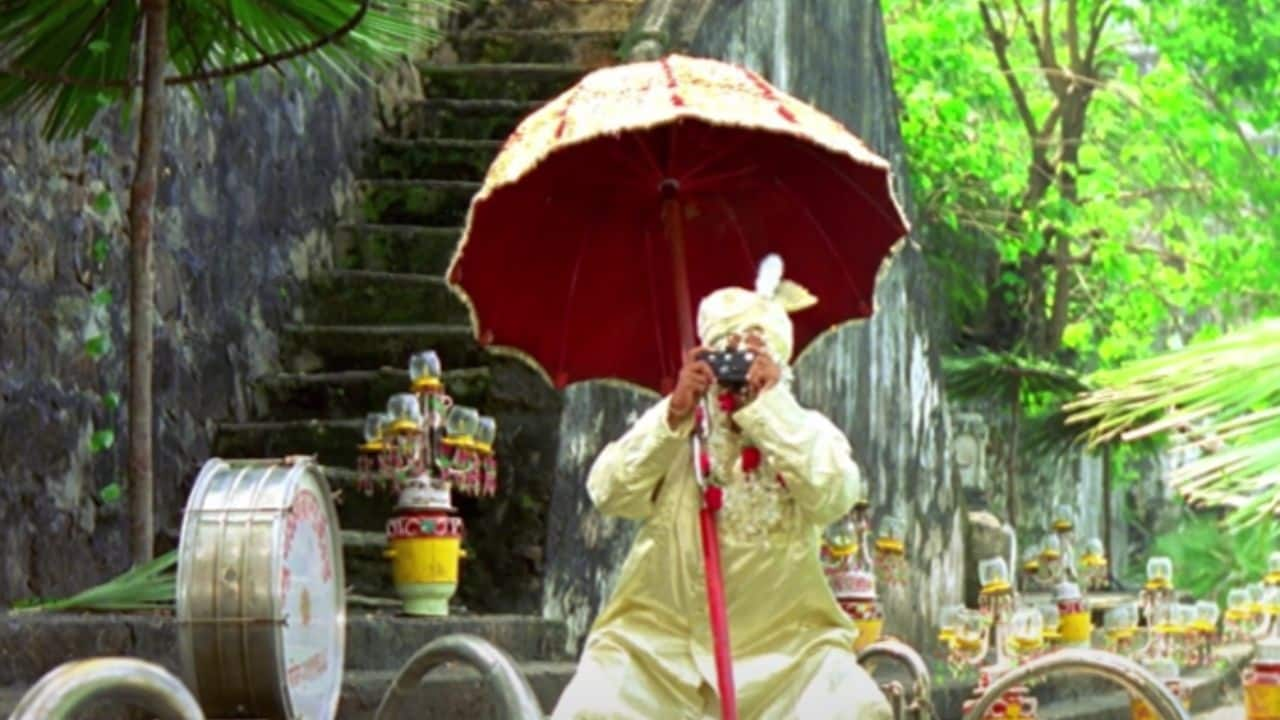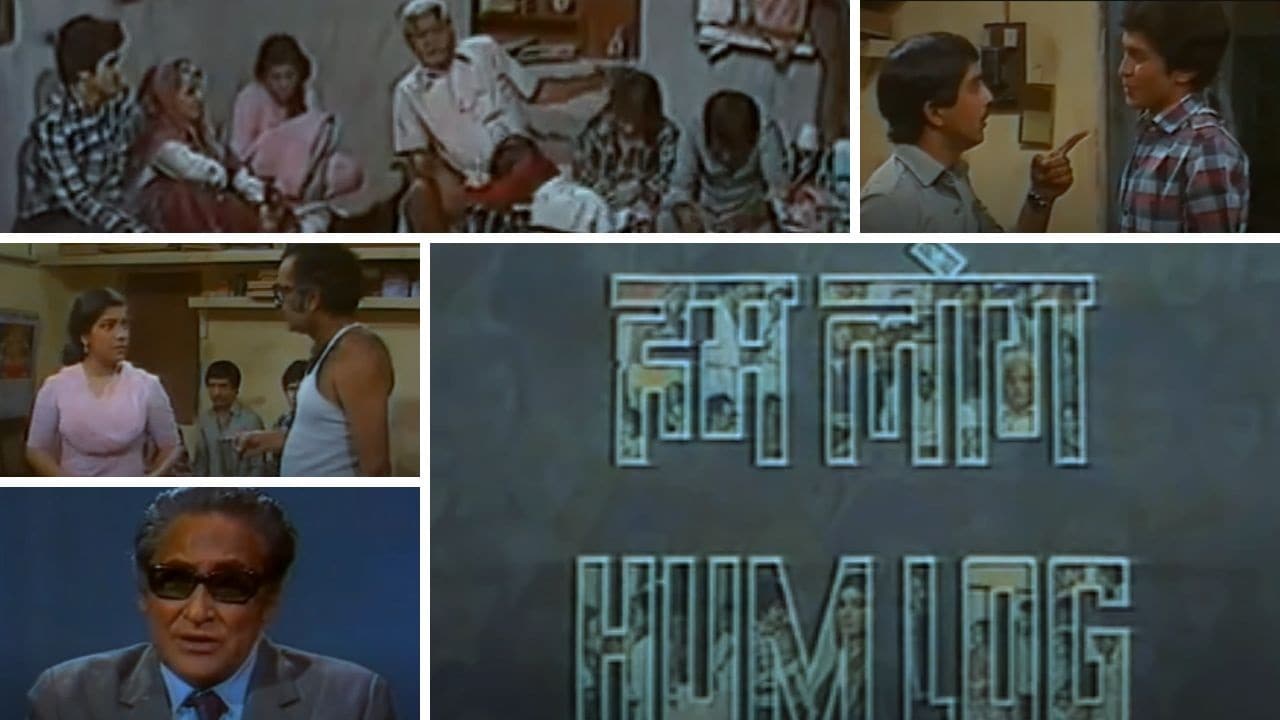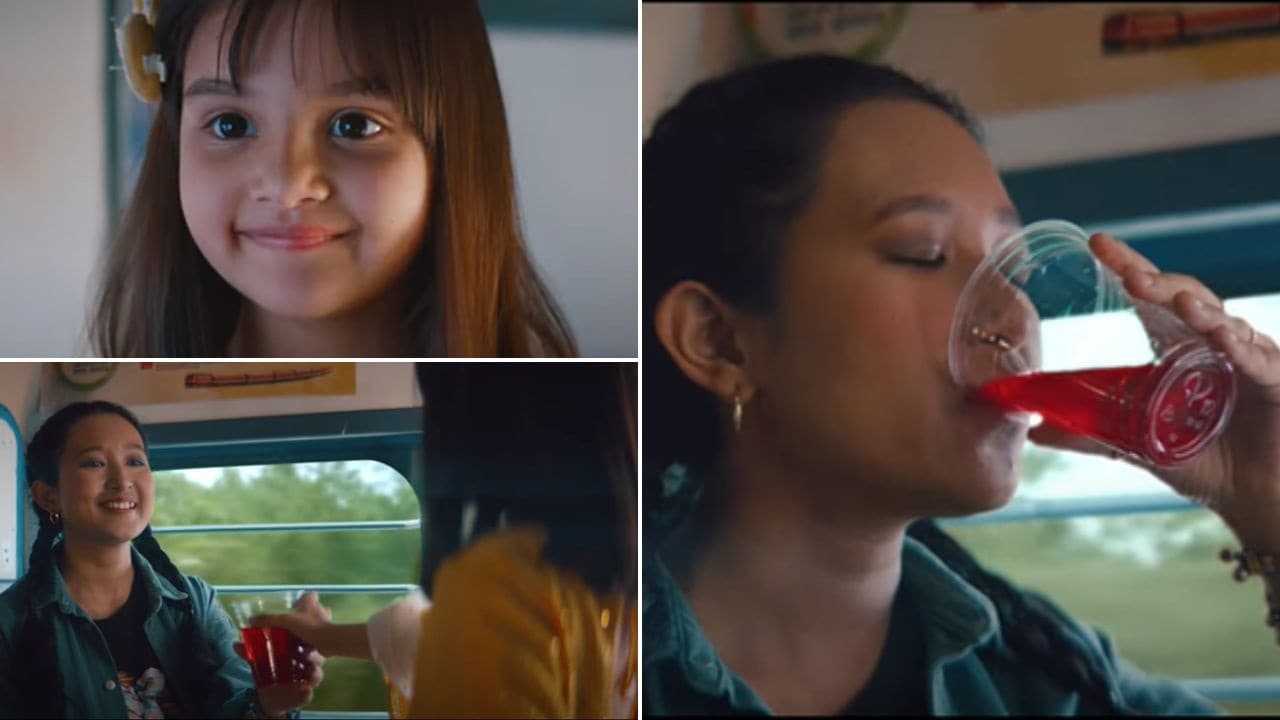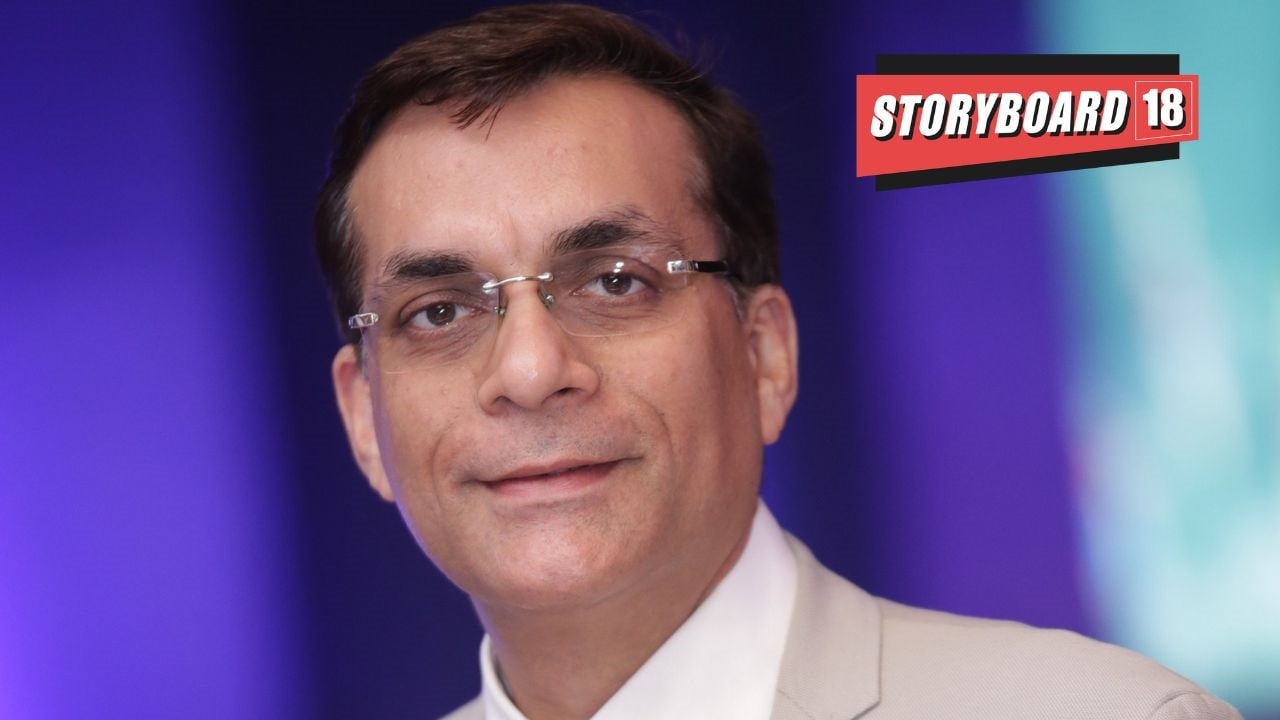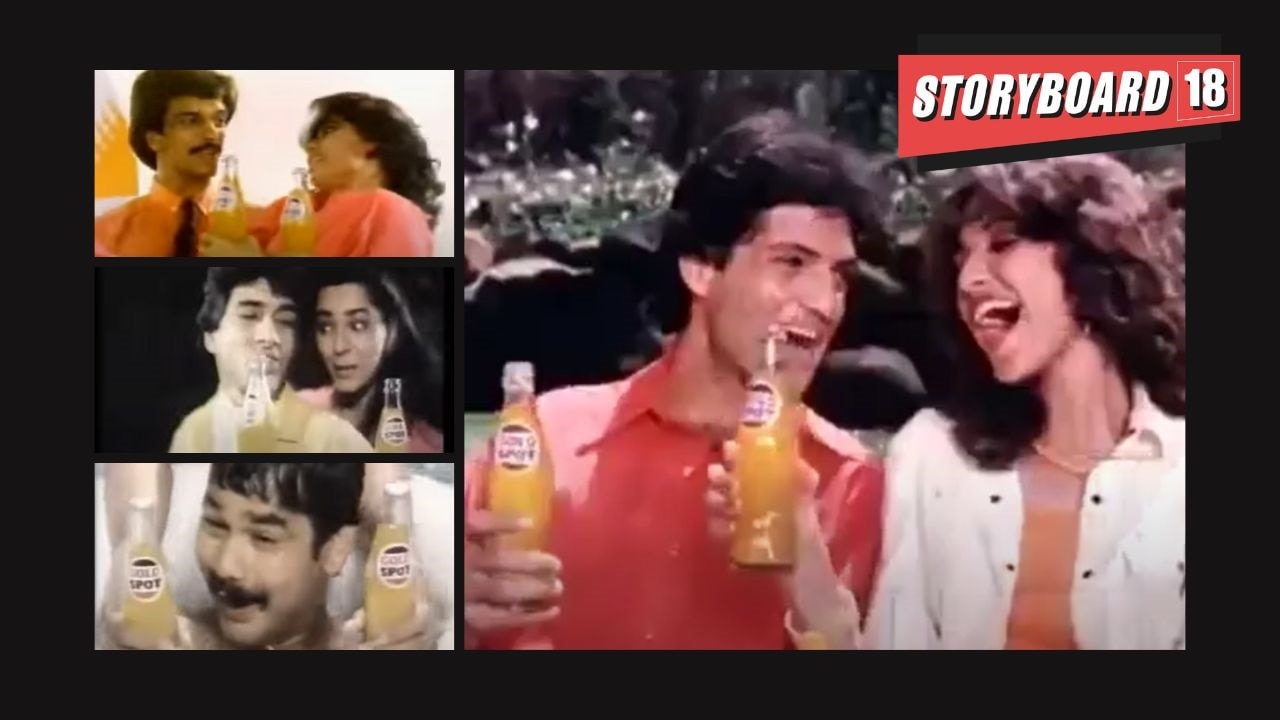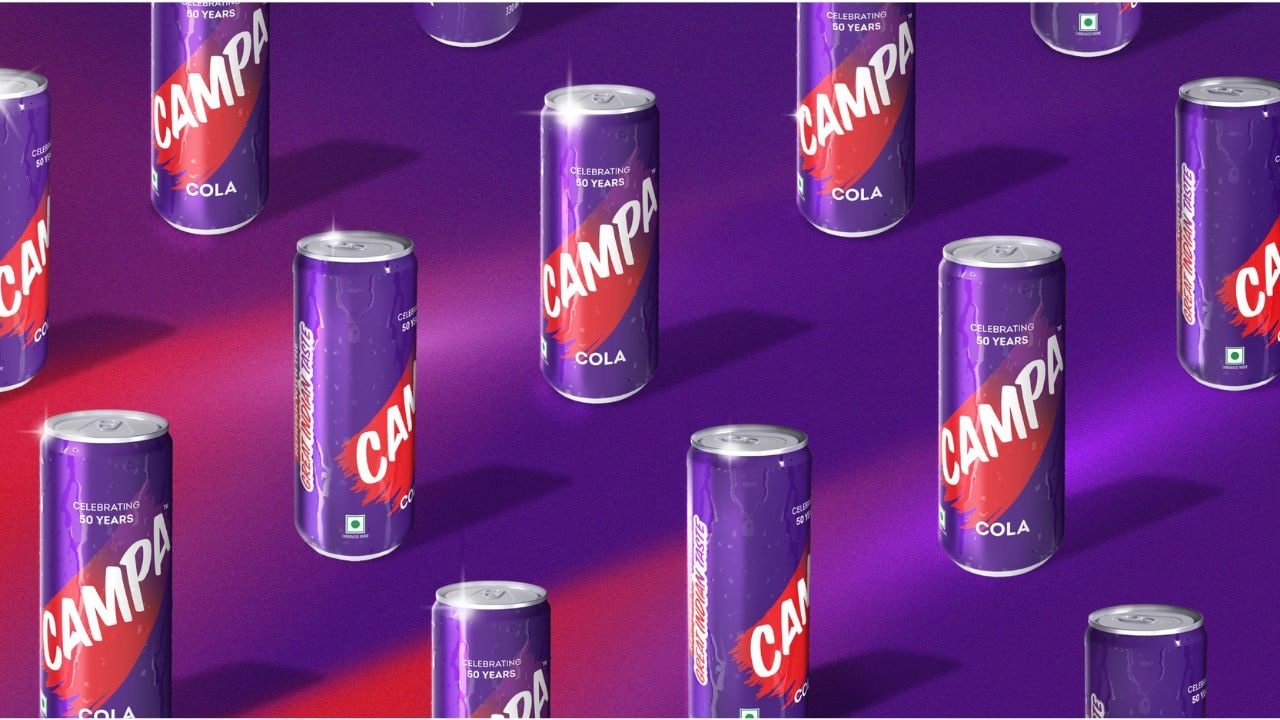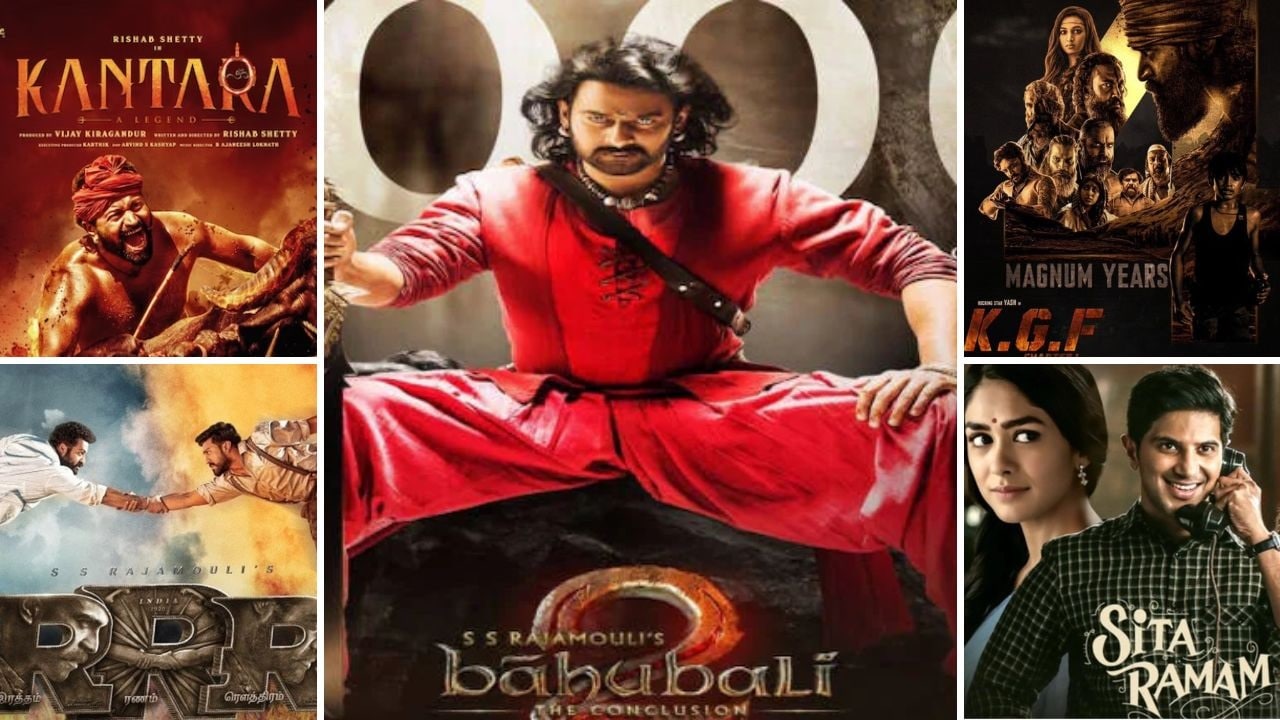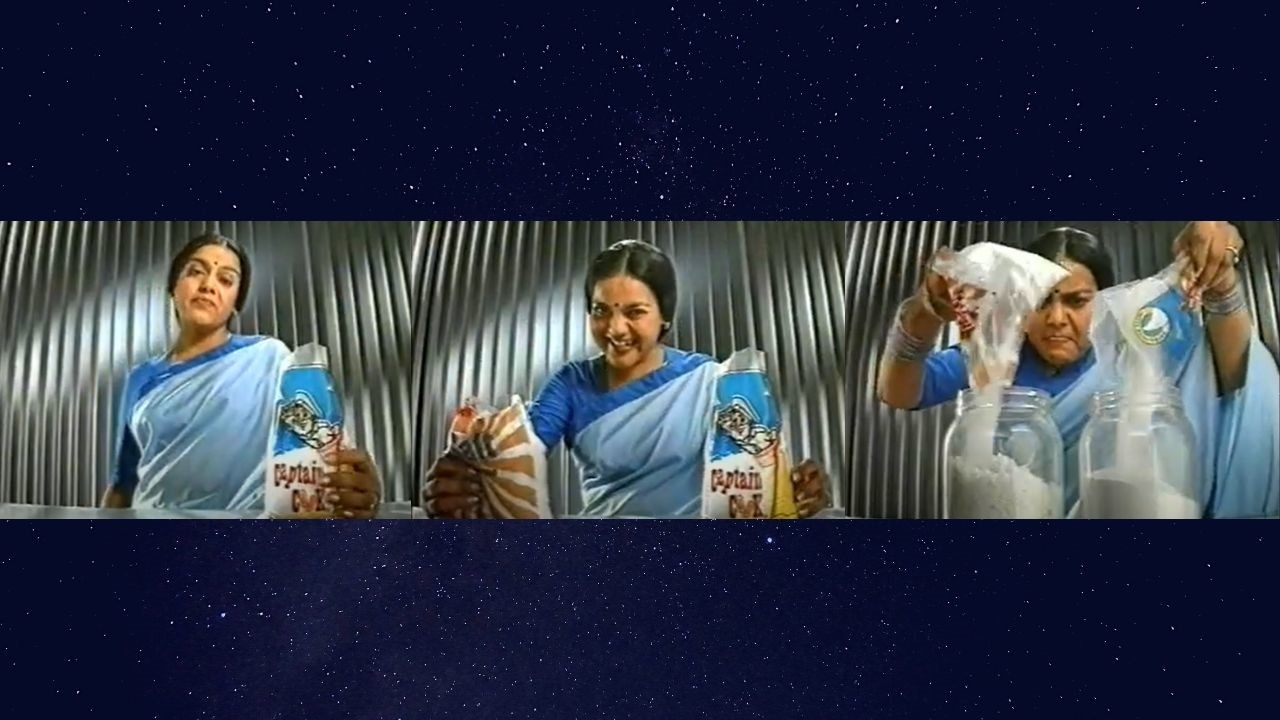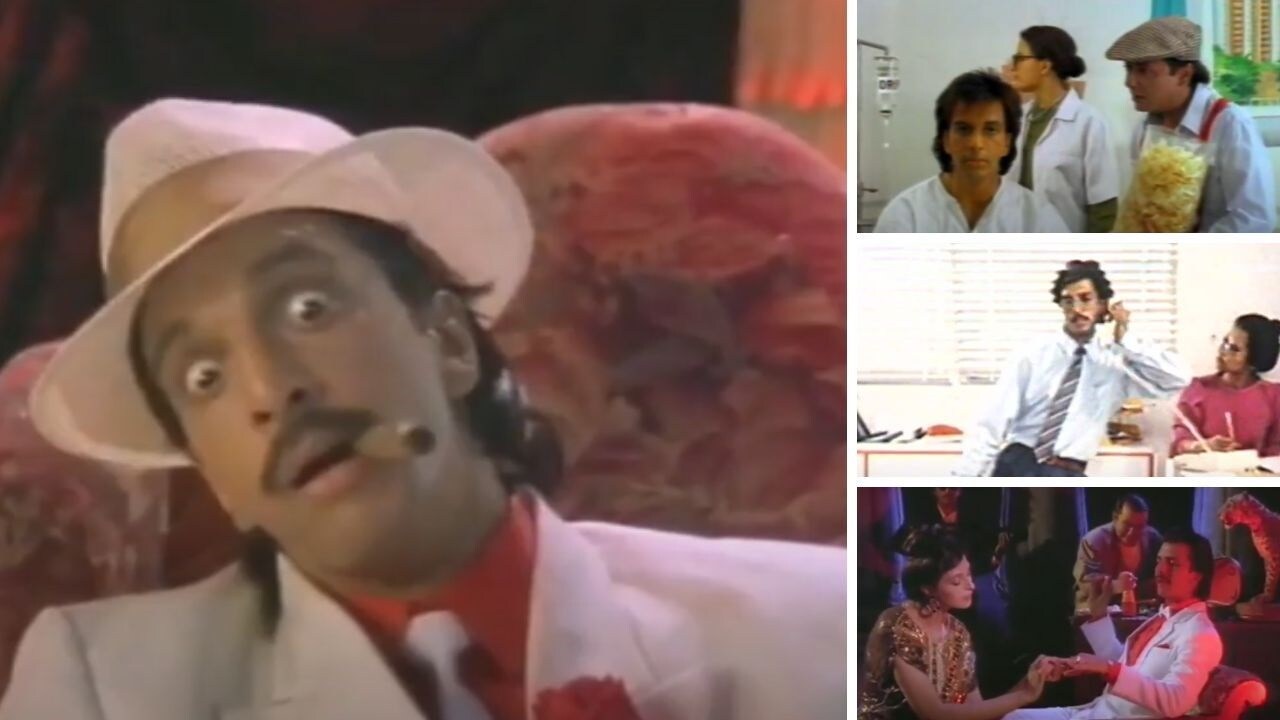O&M released an ad on the Kodak KB 10 camera in the mid-1990s to educate consumers on the ease of photography the product offered. The commercial helped the brand sell in millions, and the ad etched itself a permanent place in the memory of those who watched it.
Tag: Kashmeera Sambamurthy
How Nestle sponsored Hum Log and changed the TV advertising landscape in India
Pradeep Pant, who was the advertising manager of Nestle India in the 1980s, opened up on the launch campaign of Nestle’s Maggi, its advertising and marketing strategies, sponsoring the acclaimed Doordarshan show Hum Log.
Rooh Afza: The ruby coloured drink’s brand popularity, evolution and future challenges
Rooh Afza has not only secured a significant position for itself in the market with its sherbet and other product offerings, but it has also established a remarkable example of sailing through the competitive waves by leveraging nostalgia and cultural connection during the holy month of Ramadan.
Nokia India’s Amit Marwah: If you have the right mind share, market share always follows
Storyboard18 got in touch with Nokia India’s Amit Marwah, head of marketing and corporate affairs, to talk about the company’s newly rebranded logo, reasons for the makeover, as well as challenges and apprehensions following this decision.
Gold Spot: When ‘The Zing Thing’ restored the brand’s lost market share
Can nostalgia help Gold Spot if it were to be brought back today, just as Campa was? Back in the 1980s, Gold Spot was perceived as a drink for children but after the arrival of Rasna, it started to lose market share. Storyboard18 got in touch with the creative folks who then successfully repositioned Gold Spot among teens.
The missing great Indian cola, Campa, is back and ready for the future: Elephant Design’s Ashwini Deshpande
Ashwini Deshpande, co-founder and director of Elephant Design, the design consultancy behind the redesign of Campa, says research showed that there was some fondness for the name, but not for the visual identity. The brief was to break the status quo in India, she says.
Titan’s ‘The Wedding Film,’ the commercial that tugged at the heartstrings through the ‘joy of gifting’
The commercial, released in the mid-1990s, was like a breath of fresh air for its blend of Western music and Indian values. ‘The Wedding Film’, which stood out for its heartwarming storyline, conveyed its theme through the single word ‘Papa’.
RRR to Baahubali: South Indian cinema gets more and more popular in Jammu and Kashmir
Will the South Indian cinema smorgasbord with movies like Baahubali: The beginning outshine other language films in the coming years?
Throwback: When Captain Cook challenged the undisputed leadership of Tata Salt
Tata Salt commanded 80 percent market share till Captain Cook entered the scene in 1992 and began to threaten its dominance. Lintas was roped in by DCW Homes Products, the brand’s parent company, to come up with a commercial that would make the brand memorable and improve awareness in the market. Storyboard18 got in touch with the creative folks who played a key role in making the advertisement iconic.
How Jaaved Jaaferi wrote and danced his way into Indian advertising history
Actor Jaaved Jaaferi on how he entered the ad world, his take on advertising and how the Indian ad scene has changed and more.
